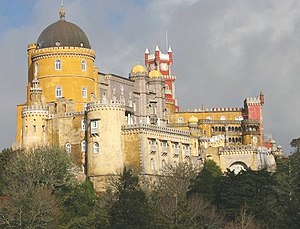
Back Neuromantik ALS رومانسية جديدة Arabic Неарамантызм Byelorussian Неоромантизъм Bulgarian Novoromantismus Czech Nyromantisme Danish Neuromantik German Neorromanticismo (arte) Spanish Uusromantism Estonian نئورمانتیکگرایی Persian
This article needs additional citations for verification. (May 2013) |

The term neo-romanticism is used to cover a variety of movements in philosophy, literature, music, painting, and architecture, as well as social movements, that exist after and incorporate elements from the era of Romanticism.
It has been used with reference to late-19th-century composers such as Richard Wagner particularly by Carl Dahlhaus who describes his music as "a late flowering of romanticism in a positivist age". He regards it as synonymous with "the age of Wagner", from about 1850 until 1890—the start of the era of modernism, whose leading early representatives were Richard Strauss and Gustav Mahler (Dahlhaus 1979, 98–99, 102, 105). It has been applied to writers, painters, and composers who rejected, abandoned, or opposed realism, naturalism, or avant-garde modernism at various points in time from about 1840 down to the present.